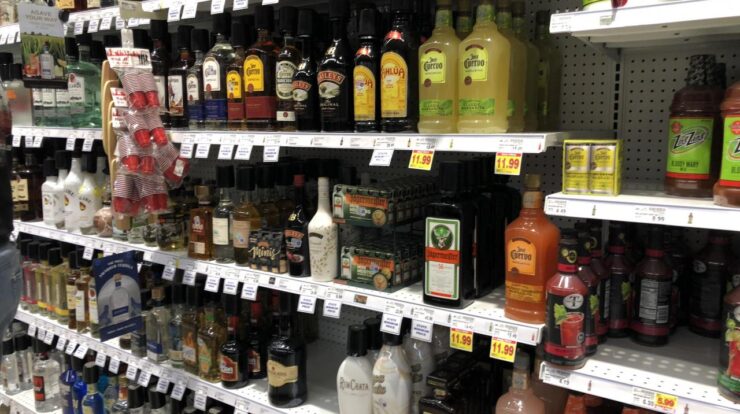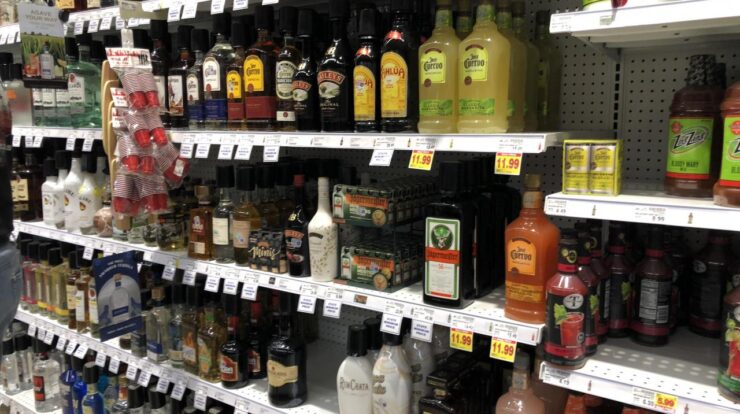
Embark on a culinary adventure with our crab brulee recipe, a masterpiece that tantalizes taste buds with its exquisite fusion of flavors and textures. From its origins in coastal kitchens to its modern-day gourmet status, this dish has captured the hearts of food enthusiasts worldwide.
As you delve into this guide, you’ll uncover the secrets behind creating the perfect crab brulee. From selecting the freshest crab meat to mastering the art of temperature control, we’ll empower you with the knowledge and techniques to impress your guests with this extraordinary delicacy.
Introduction
Crab brulee, a culinary masterpiece from the coastal regions of France, tantalizes taste buds with its exquisite flavor and velvety texture. This dish, with its origins steeped in culinary history, has become a beloved delicacy worldwide.
Crab brulee’s roots can be traced back to the 19th century, where it was initially crafted by resourceful chefs seeking to elevate the humble crab into a gourmet experience. The dish gained immense popularity, captivating diners with its unique blend of savory and sweet flavors.
Origin
Crab brulee originated in the coastal regions of France, where the abundance of fresh seafood inspired culinary innovation. Chefs sought to create a dish that showcased the delicate flavors of crab while introducing a touch of elegance.
History
The history of crab brulee is intertwined with the evolution of French cuisine. In the 19th century, as culinary techniques advanced, chefs experimented with new methods of cooking and presentation. Crab brulee emerged as a testament to their ingenuity, combining traditional flavors with innovative techniques.
Ingredients and Preparation
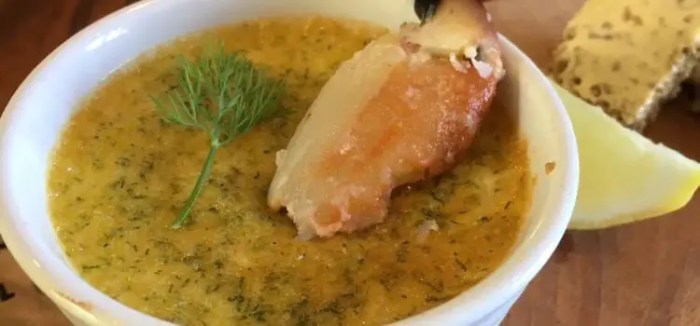
Creating a delectable crab brulee requires a careful selection of fresh ingredients and precise preparation techniques. Here’s a comprehensive guide to help you craft this exquisite dish:
To ensure the best results, opt for fresh crab meat. Look for firm, opaque meat with a sweet, briny aroma. Avoid any crab that appears slimy or has an off odor.
Ingredients
- 1 pound fresh crab meat, picked over for shells and cartilage
- 1/2 cup heavy cream
- 1/4 cup milk
- 2 large eggs
- 1 egg yolk
- 1/4 cup grated Parmesan cheese
- 1/4 teaspoon salt
- 1/8 teaspoon black pepper
- Pinch of cayenne pepper
- 1 tablespoon chopped fresh parsley
- Butter for greasing the ramekins
Preparation
- Preheat oven to 325°F (165°C).
- In a medium bowl, whisk together the crab meat, heavy cream, milk, eggs, egg yolk, Parmesan cheese, salt, black pepper, and cayenne pepper.
- Stir in the chopped parsley.
- Butter six 4-ounce ramekins.
- Divide the crab mixture evenly among the ramekins.
- Place the ramekins in a baking dish filled with hot water to create a water bath.
- Bake for 25-30 minutes, or until the custards are set.
- Let the custards cool for a few minutes before serving.
Cooking Techniques
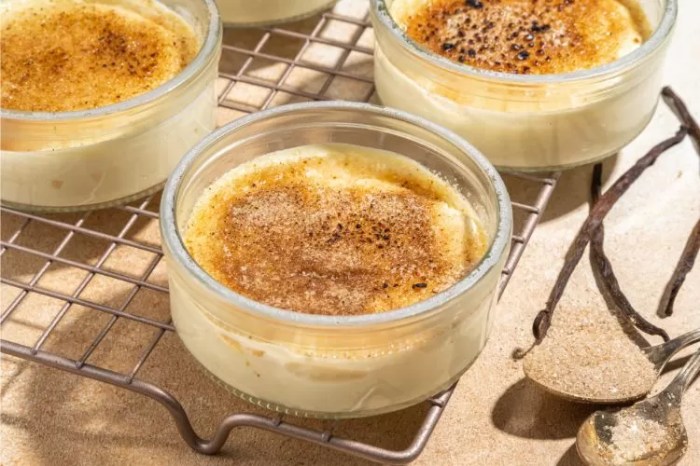
Cooking crab brulee requires a combination of techniques to achieve the perfect balance of flavors and textures. Understanding these techniques is crucial for a successful outcome.
Temperature control is paramount throughout the cooking process. The delicate nature of crabmeat demands precise heat management to prevent overcooking and ensure a tender, juicy interior.
Timing
Timing plays a vital role in the success of crab brulee. Each step, from steaming the crab to baking the custard, must be executed with precision. Overcooking or undercooking can significantly alter the dish’s texture and flavor.
Steam Cooking
Steaming is the preferred method for cooking crab for crab brulee. This gentle technique preserves the crab’s delicate flavor and texture while preventing it from becoming tough or dry.
Custard Baking
The custard mixture for crab brulee is baked in a water bath to ensure even cooking and prevent the custard from curdling or overcooking. The water bath creates a humid environment that promotes a creamy, smooth texture.
Broiling
Broiling the custard topping creates a golden-brown crust that adds a delightful contrast to the creamy interior. This step should be done carefully to avoid burning the custard.
Presentation and Garnishes: Crab Brulee Recipe
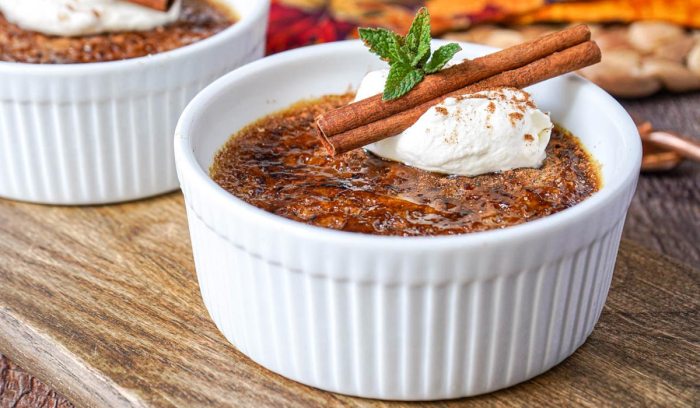
The presentation of crab brulee is an important part of making it a visually appealing dish. There are several ways to present crab brulee, depending on your preference and the occasion.
One popular way to present crab brulee is in individual ramekins. This allows each guest to have their own portion, and it makes for a more elegant presentation. You can also garnish the ramekins with a variety of items, such as fresh herbs, lemon zest, or paprika.
Another way to present crab brulee is in a larger dish, such as a baking dish or a pie plate. This is a good option if you are serving a large group of people. You can garnish the dish with a variety of items, such as a drizzle of olive oil, a sprinkling of chopped parsley, or a few slices of lemon.
No matter how you choose to present crab brulee, there are a few things you can do to create a stunning presentation.
Garnishes
Garnishes can add a touch of elegance and flavor to your crab brulee. Here are a few ideas for garnishes:
- Fresh herbs, such as parsley, cilantro, or chives
- Lemon zest
- Paprika
- A drizzle of olive oil
- A sprinkling of chopped parsley
- A few slices of lemon
Variations and Adaptations
Crab brulee is a versatile dish that can be adapted to suit different tastes and dietary restrictions. Here are some creative variations and adaptations to consider:
Crab Species
- Use different types of crab meat, such as Dungeness, blue crab, or king crab, to create unique flavor profiles.
- Consider using a combination of crab species to enhance the complexity of flavors.
Alternative Toppings
- Instead of classic bread crumbs, try using crushed crackers, panko breadcrumbs, or even chopped nuts for a crispy topping.
- Add a layer of sautéed vegetables, such as spinach, mushrooms, or bell peppers, for a healthier and more flavorful twist.
- Experiment with different cheeses, such as Parmesan, cheddar, or Gruyère, to create a variety of textures and flavors.
Dietary Restrictions, Crab brulee recipe
Adapt the crab brulee recipe to accommodate different dietary restrictions:
- For a gluten-free option, use gluten-free bread crumbs or crushed gluten-free crackers.
- For a dairy-free option, use plant-based milk and cheese alternatives.
- To reduce fat, use a lighter cheese or skip the cheese topping altogether.
Using Crab Brulee as a Base
Crab brulee can also be used as a base for other dishes:
- Layer crab brulee with avocado slices and a drizzle of citrus vinaigrette for a refreshing salad.
- Use crab brulee as a filling for omelets or quiches.
- Create a crab brulee tart by pressing the mixture into a tart pan and baking until golden brown.
Wrap-Up

Whether you’re a seasoned chef or an aspiring home cook, our crab brulee recipe is an invitation to culinary exploration. Experiment with variations, adapt it to your dietary needs, and let your creativity shine through. With each bite, you’ll savor the harmonious blend of succulent crab, creamy custard, and a symphony of flavors that will leave you craving for more.
Key Questions Answered
What’s the secret to a perfectly cooked crab brulee?
The key lies in precise temperature control and timing. Use a kitchen thermometer to ensure the custard reaches the optimal temperature for a delicate set.
Can I use frozen crab meat for this recipe?
Yes, frozen crab meat works well. Thaw it completely before using and gently flake it to avoid breaking up the pieces.
What are some creative variations of crab brulee?
Experiment with different crab species like Dungeness or blue crab. You can also add a touch of spice with Cajun seasoning or top it with a zesty mango salsa.

